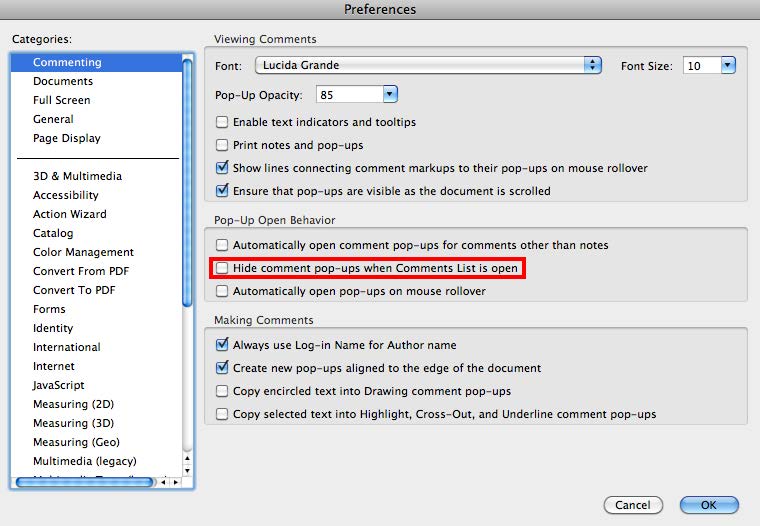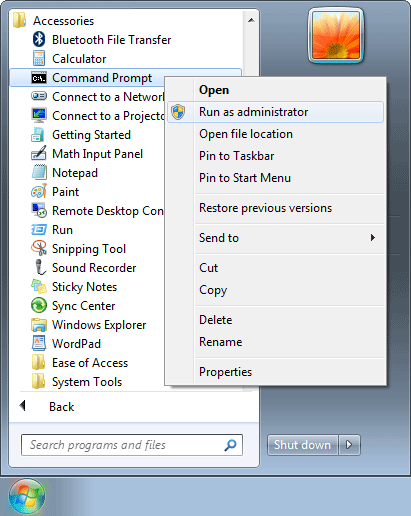

The notes list is automatically filtered based on your search term. Type your search term and then press Enter to move the focus to the notes list. You hear: "Start typing and hit Enter to search." In the notes list, press Ctrl+F to move the focus to the Search field. To close the notes list, press the Tab key until you hear "Close window," and then press Enter. If the note is closed, this also opens it. To move in the notes list, press the Up or Down arrow key until you hear the note you want, and press Enter to move the focus to it.

To open the notes list, do one of the following:įrom the Sticky Notes taskbar menu, select All notes and press Enter. You can also search the notes list to find any of your notes, closed or open. The notes list allows you to hide notes from your screen without deleting them. To move to the previous sticky note, press Ctrl+Shift+Tab. If the notes list is active, it is included in the loop as you navigate from one note to the next. To move to the next sticky note, press Ctrl+Tab. You can navigate between multiple sticky notes.

If there are no existing sticky notes, one is created for you. Press the Windows logo key, type sticky notes, and then press Enter. Sticky notes stay on your screen even after you restart the computer. Sign in to sync your sticky notes across devices Some navigation and gestures might be different for a Windows phone or tablet. This topic assumes you are using this app with a PC. To learn more about using Narrator, go to Complete guide to Narrator. This topic assumes that you are using the built-in Windows screen reader, Narrator. keyboard shortcuts, go to Keyboard shortcuts for Sticky Notes. Scroll down the list until you find the Chkdsk entry (wininit for Win7) (winlogon for XP).Ĭopy/paste the results into your next post. Go to Start and type in "eventvwr.msc" (without the quotes) and press EnterĮxpand the Windows logs heading, then select the Application log file entry.ĭouble click on the Source column header. Go to Start and type in "cmd.exe" (without the quotes)Īt the top of the Search Box, right click on Cmd.exe and select "Run as administrator" See "CHKDSK LogFile" below in order to check the results of the test. It may take a while for it to run, but keep an occasional eye on it to see if it generates any errors. When it tells you it can't do it right now - and asks you if you'd like to do it at the next reboot - answer Y (for Yes) and press Enter.

Run CHKDSK /R /F from an elevated (Run as administrator) Command Prompt.ĭo this for each hard drive on your system. Chkdsk disclaimer: While performing chkdsk on the hard drive if any bad sectors are found when chkdsk tries to repair that sector any data available on that sector might be lost.


 0 kommentar(er)
0 kommentar(er)
